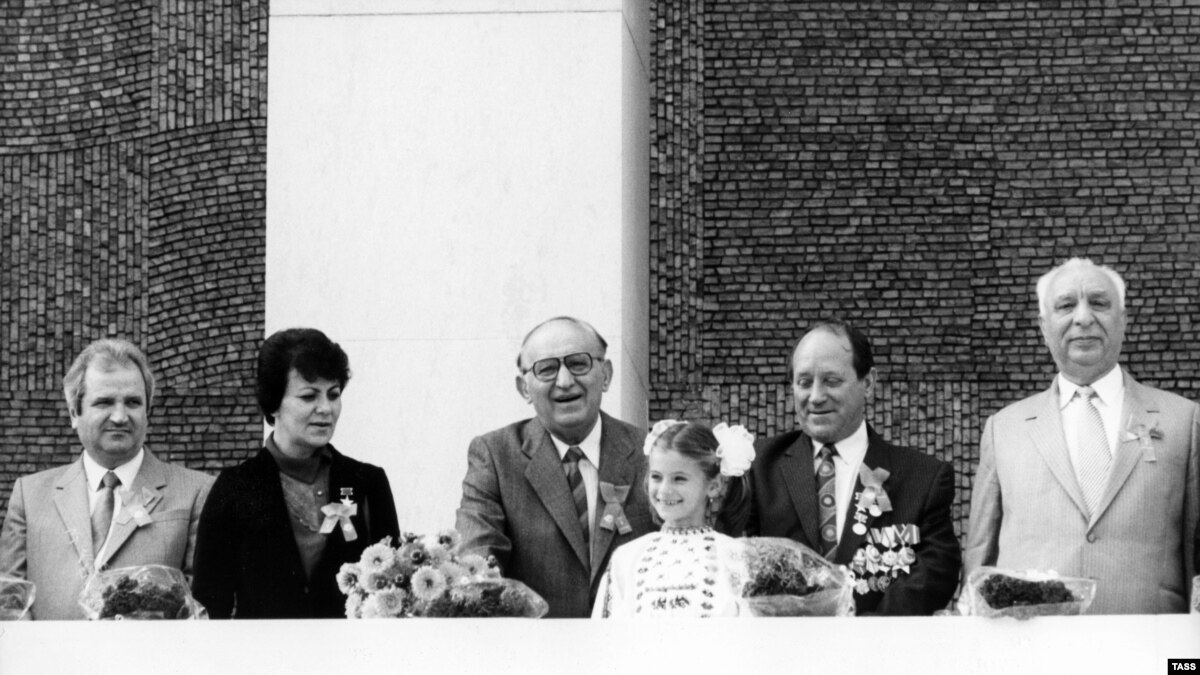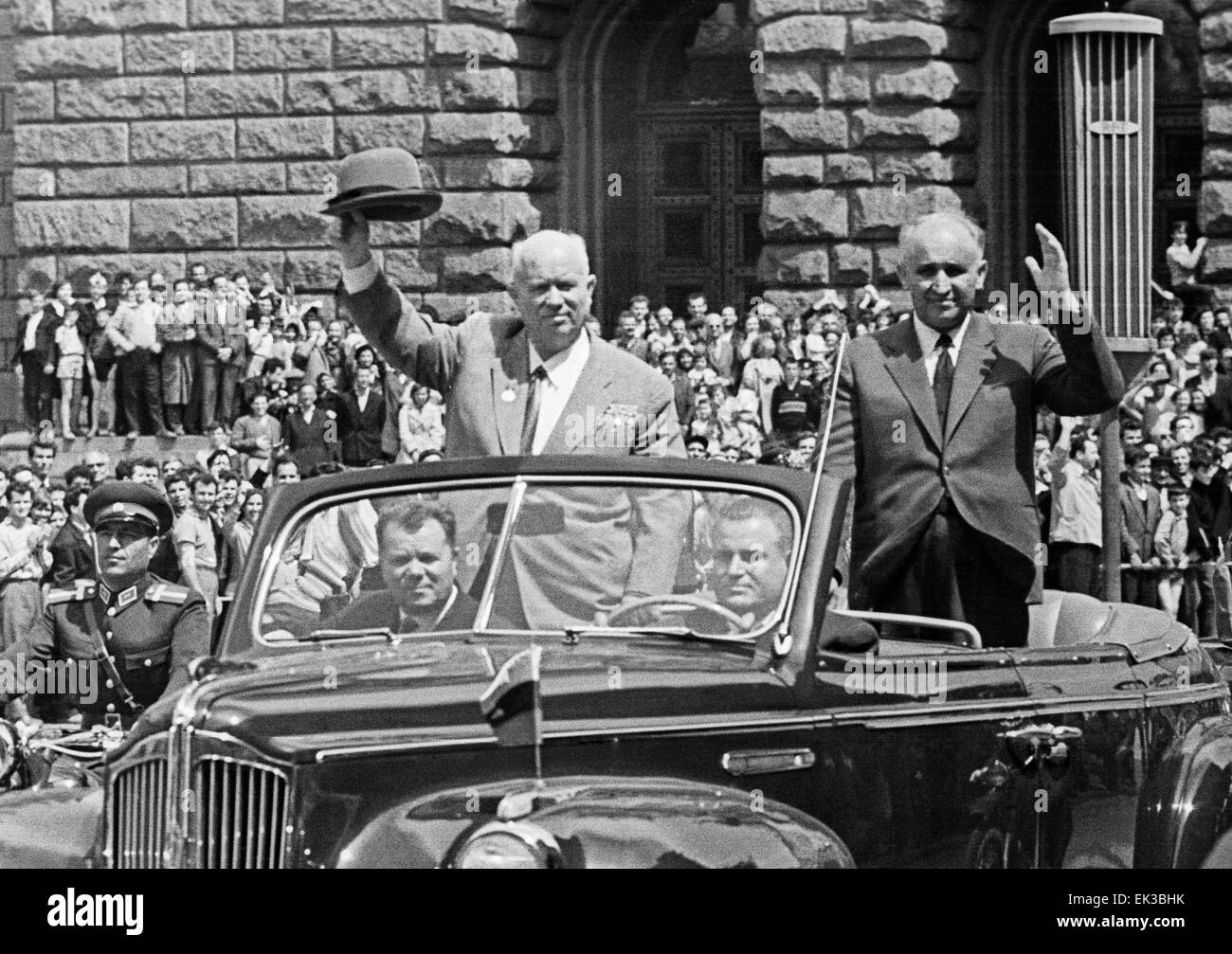RESEARCH: Primary Research, Personal Experiences
As my parents actually lived under Communist rule for the first 20 or so years of their lives, I wanted to get their first-hand experience of the event to try and understand the chain of events that led to the actual downfall of the Party. This was extremely useful research, as it allowed me to piece together a real and correct timeline that I could work with and illustrate.
RESEARCH: People in Communist Bulgaria
I was very interested to see what I could find on life in Communist Bulgaria; I wanted to investigate what media was used to promote it, and try and take as much inspiration from the pictures of actual Bulgarian citizens as I could.
Sources: https://www.rferl.org/a/socialist-paradise-bulgarian-textbooks-accused-of-whitewashing-communist-era/30024227.html + https://www.alamy.com/stock-photo-sofia-bulgaria-first-secretary-of-the-communist-party-of-the-soviet-80594911.html + https://www.alamy.com/mar-03-1976-fidel-castro-in-bulgaria-cuban-premier-and-first-secretary-image69483998.html
RESEARCH: Communist Architecture
EXAMPLES:
- NDK, Sofia


This is the National Palace of Culture, situated in central Sofia, which is the capital of Bulgaria. It has been one of Sofia's most well-known landmarks, and one of the most grand Communist buildings. It is somewhat considered as one of the most stereotypical buildings in that style, as it has the usual mix of white stone and black metal frame, as well as a very geometrical and clean structure.
- Bulgarian Parliament Building, Sofia
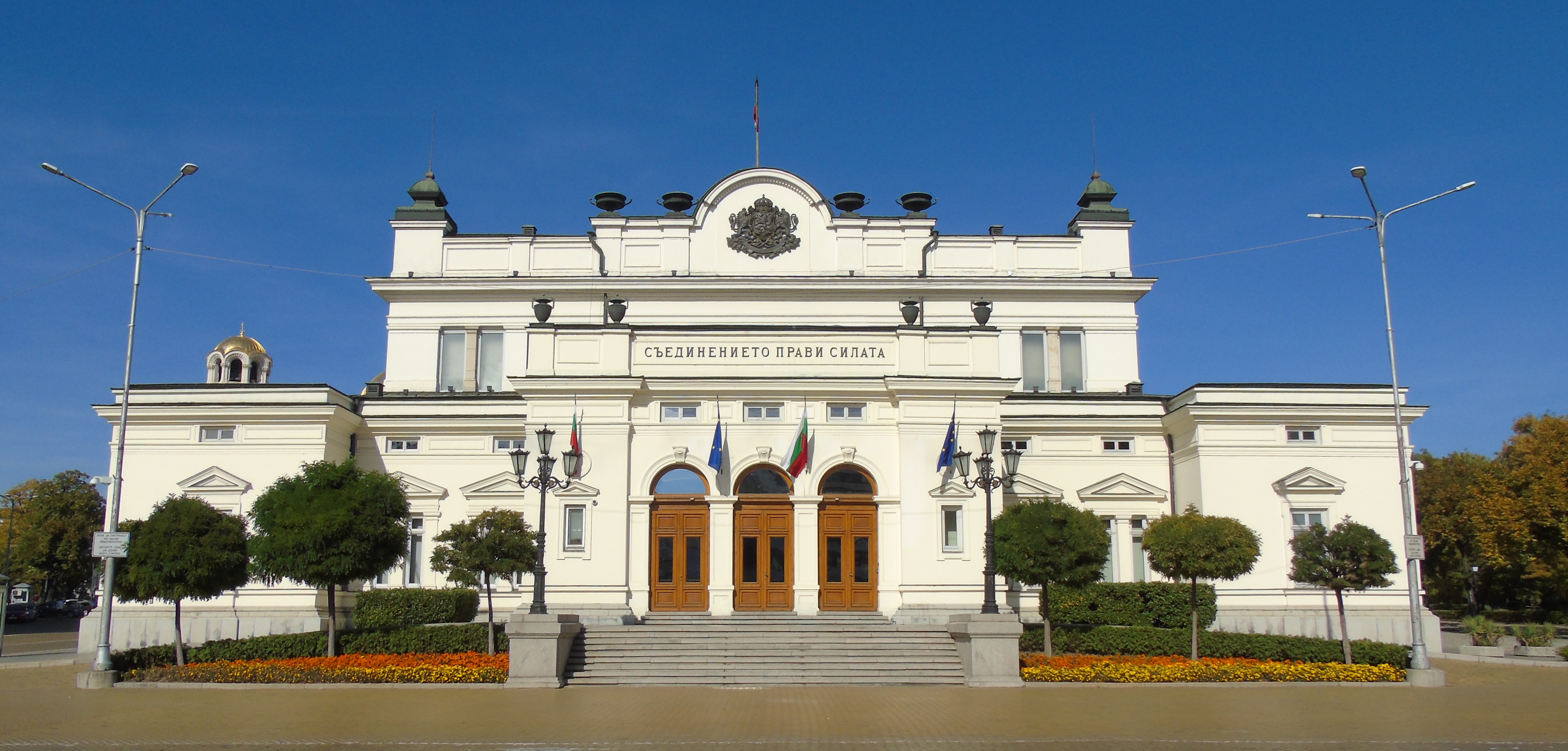

The Parliament Building, also in the capital, has most probably changed its appearance since the fall of the Communist rule in the country, but it retains its clean and grandiose structure. The road and courtyard in front of it are also where many anti-Communist protests took place, most notably the ones that kickstarted the fall of the ruling party.
- 'Chernobyl', TV Show
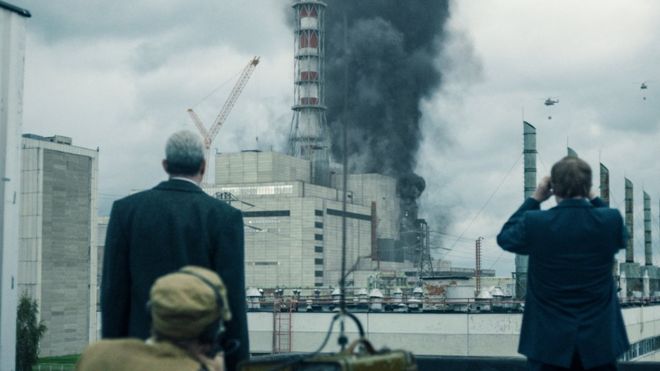
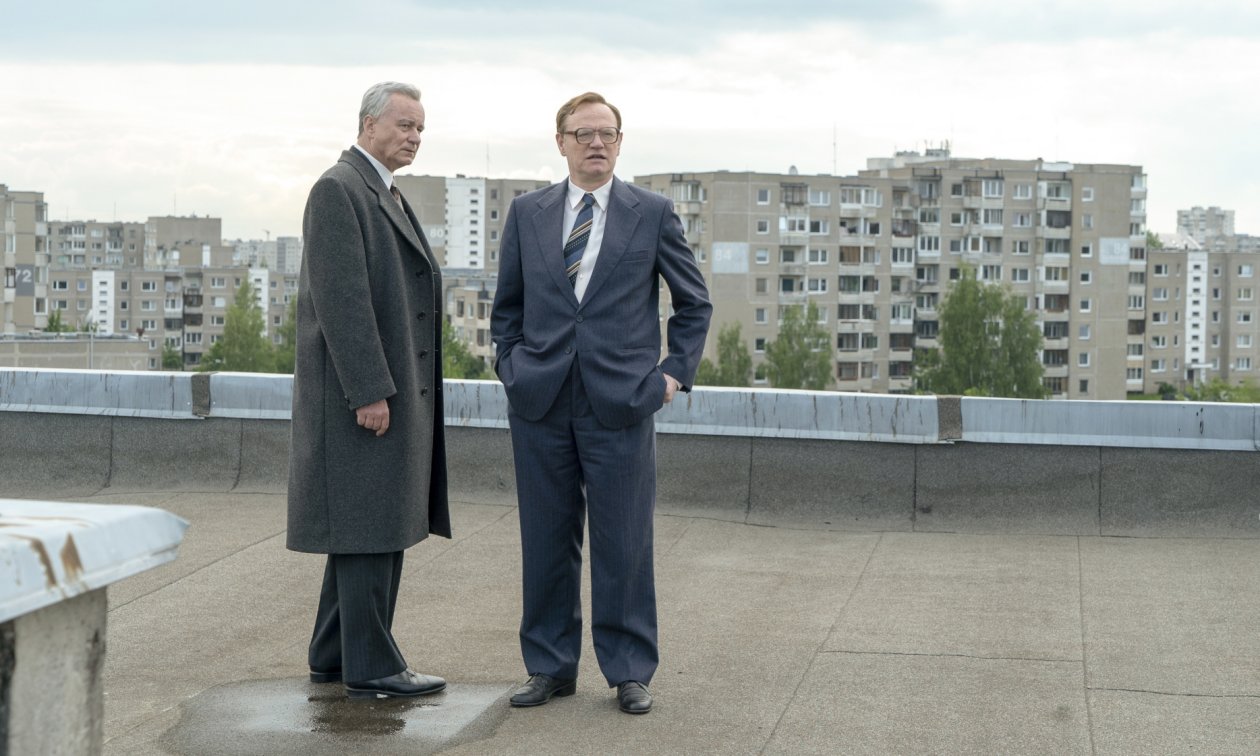
The hit TV show 'Chernobyl' has one of the most well-thought out and executed set designs as it captures the atmosphere and look of most Soviet architecture. Its imposing and bland presence help create a sense cold and crisp dread and anticipation as the show progresses.
Sources: https://commons.wikimedia.org/wiki/File:NDK_Sofia_2012_PD_06.jpg + https://www.alamy.com/stock-photo-ndk-national-palace-of-culture-sofia-bulgaria-133063024.html + http://flipfloppeople.com/Parliament-88 + https://en.wikipedia.org/wiki/Bulgaria_National_Assembly_Building + https://www.google.bg/url?sa=i&url=https%3A%2F%2Fwww.indiewire.com%2F2019%2F06%2Fthe-real-stars-of-chernobyl-and-escape-at-dannemora-were-the-nuclear-plant-and-prison-recreations-1202151653%2F&psig=AOvVaw2VUzNI8f-fB8d9dFZqB2y8&ust=1581348406078000&source=images&cd=vfe&ved=0CA0QjhxqFwoTCNiTiYfkxOcCFQAAAAAdAAAAABAJ + https://www.google.bg/url?sa=i&url=https%3A%2F%2Fwww.eurotopics.net%2Fen%2F221209%2Fwhy-is-tv-series-chernobyl-such-a-big-hit&psig=AOvVaw0iX95OCHv4PxtsIHsnH00P&ust=1581348486859000&source=images&cd=vfe&ved=0CA0QjhxqFwoTCKChz7HkxOcCFQAAAAAdAAAAABAJ
ARTIST RESEARCH: Tom Wesselmann
Works considered:
- 'Mixed Bouquet (Filled In), 1993
- 'Scribble Version of Still Life #58 (Opaque)', 1984-91
- 'Still Life #29', 1963
WHAT WILL I TAKE FROM THIS?
Wesselman's playful use of solid and opaque blocks of colour in his work is what intrigued me the most in this work. I wanted to see if I could find a point of reference which could help me plan how to bring colour into my project in a dramatic and enhancing way. as my topic is relatively dark and tense. Wesselman's bright and cheerful work actually enabled me to understand how and where to bring colour into my composition so that it could be more impactful.
Sources: https://gagosian.com/exhibitions/2018/tom-wesselmann-wesselmann-1963-1983/
ARTIST RESEARCH: Shepard Fairey
Works considered:
- 'Kiss Me Dead Red', 2008
- 'Progress', 2010
- 'Home Invasion', 2017
WHAT WILL I TAKE FROM THIS?
Fairey's graphic take on portraiture and illustration enables his work to seem a lot more vivacious and active. The layers of various gradients of colour helps create depth and dimension within his work, as well as allures to Fairey's exploration of light and shadow. His graphic and opaque backgrounds also enable the use of contrast to bring the viewers' focus to the foreground. I would like to explore this technique in my own work, as it would complement the simplistic and opaque style of Matisse's cut outs I would like to incorporate in my project, as well.
ARTIST RESEARCH: Henri Matisse
'Jazz - Le Lagon (PI. XVII, XVIII. XVIX)', 1947
'Polynesie, la mer', 1964
WHAT WILL I TAKE FROM THIS?
Matisse's simple and colourful work seems to rely on the palette and concentration of pattern and shape present within them to be engaging and interesting. The decievingly simple compositions give way to a range of complex and built up textures created as a result, which helps make Matisse's work all the more enticing and lively. I would like to try and incorporate this use of bold and opaque colours into my own project,a sI think it will enable me to use contrast as a means to create more depth within my work.
Sources: Matisse Museum, Nice
Narrative Flux: Strengths and Weaknesses
One of the strengths of this project is its fluidity; I believe that the scenes ended up flowing into each other almost seemlessly, and create a very clear sense of progression throughout the frames. I also this that the somewhat simple and anonymous character of 'hand' allows this to become an immersive experience for the viewer, as it almost includes them into the event, and makes it all the more personal. I really enjoyed working on this project as it also allowed me to hone in my screen printing skills.
However, the final outcome is only successful due to the amount of refining and tweaking I did after the screen printing process; the black outlines did not print as well as I had wanted them to, which forced me to go over most of the text and finer lines with a black felt-tip pen after I had finished printing. This also ended up altering the end areas, where the various scenes needed to line up with each other, so I also had to refine those with a combination of black felt-tip pens and red acrylic pen. Thus, the screen printing process was actually not successful, but I had to work with the challenge and improve it as best as I could.
Overall, I still believe that the project as a whole was successful and impactful; the use of red as an accent colour allows the project to become more dynamic and vivid, which is what I aimed to do. I also really enjoyed working on a project that was so personal to me and my culture, as this was an event that became a turning point for my country.
Narrative Flux: Process
We began this project by researching various stories from and/or about our homes, and then choosing one that we wanted to explore the most. I focused on the series of events leading to the fall of the Communist regime in Bulgaria in the 1990s, as I thought it would be an interesting story to draw and create, and thus show my classmates. The next step included summarizing our chosen narrative into 9 main events, and then putting them into a rough storyboard for our 9-page spread.
When exploring the various different characters I could use to tell the story I chose, I began to realise that I viewed and perceived this story as an observer rather than a participant; thus, I decided to try and make my style of illustration as personal as I could, and hence started using hands and arms as a means to try and create this atmosphere of inclusion for the viewer.
After we had used the rough storyboard to create and ink the actual strips of the story, we began to print using a scanned and edited version of our drawings; firstly, we printed a stencil cut out of all the areas we wanted in colour, and then we created our own silk-screens and printed the darker outlines on top. Mine came out too pale for my liking, as I didn't make sure my black lines were as opaque as they needed to be, so I corrected certain areas using black pen after.
The last step included binding our book, which was the fastest part of the project. We created covers for our strips and made sure they lined up with each other, and proceeded to name and sign them.
Narrative Flux: Initial Ideas | 19.11.19
As a Bulgarian student living abroad, I am always excited to bring Bulgarian culture into my work in the aim to educate others of our history. As the brief outlined, I needed to research various historical events from my home country, so I began to brainstorm through the most notable and impactful events thathave happened in Bulgaria. I almost immediately decided on using the day the Communist Party officially fell from rule in Bulgaria, as it is something that my own parents participated in by going to protests and activist events.
I knew that I could combine primary and secondary research for this project, as I could interview my parents and get their personal experience of the protests and the day itself, as well as research the event online and get the official media coverage. I thought that this would allow me to create a much more personal response to the brief, and I aimed to use it to render my project as impactful as I could.
Narrative Flux: Beginning | 18.11.19
POTENTIAL ARTISTS (SCREENPRINT AND OTHERWISE) TO RESEARCH:
- Henri Matisse
- Shepard Fairey
- Tom Wesselmann
EXAMPLES OF NARRATIVE FLUX:
- Trajan's Column, Rome, Italy; victims, battles, heros portrayed on whole length of column
- Dance of Death fresco, Hrastovje, Slovenia; medieval fresco
- Metamorphosis III, 1967-68, Cornelius Escher; 3 blocks of woodcuts created after WW2
- Lost, Umberto Giovanni and Bill Wudrow, 2018; landscape print withoiut actual narrative, but making up a book (22 KG???)
- Triumphs and Laments, 2016, William Kentridge; project became black over time (colours faded?), 500m long! has now almost disappeared
- Passionate Journey, 1919, Frans Masereel; first comic book without words


